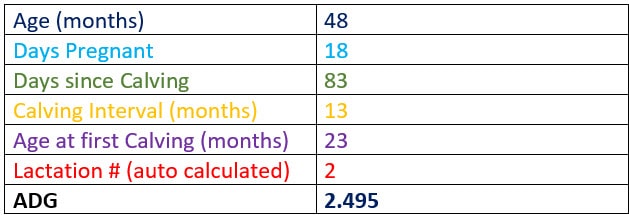Lynn and I work together a lot. One of our shared tasks is responding to support emails. Sometimes the answers we provide are easily derived and the response is sent by whomever gets to it first. Sometimes the question involves a TeamViewer session (between Lynn and me) and higher level detecting. We had one such questions a few weeks ago—after looking at the usual suspects and coming up blank, we did a little more digging. When we determined the issue, we emailed a response and thought “this would make a good blog”. Lynn wrote it up:
Details DO Matter, sometimes
I will be the first to admit, I am not a detail-oriented person. Focus is not one of my fortes and it never has been. I’m more of a get it done and we’ll figure out the details later, kind of girl. Fortunately, here at AMTS we have a nice variety of personalities and skills within our team to balance each other out. There are times where one of us will be stumped by a customer question and we bring other team members into the conversation. Last week we had just that happen.
Why is my ADG so Strange?

Customer: This is a well-managed herd that is making decent milk, but the model is showing a crazy ADG. Why?
Lynn and Mariann: Let’s walk through it. This herd is milking really well. Everything was set up reasonably. It just didn’t seem right. The energy was reasonable. The numbers on the cattle screen were group averages from DHI. But then we went back and did the math.
Math is hard (not really, but you get it)
[Since Average daily Gain calculations are linked to: Animal Age, Age at First Calving, Present Weight, Weight at maturity (60 months), stage of lactation; we looked harder at those inputs] The problem was how the groups were typified. These are the numbers that were entered

Then doing the equation Age (48) – Age at first calving (23) = 25 months ; 25 months – calving interval (13) = 12 months. So, this 48 month old 2nd lactation animal would more accurately be considered to be in her final month of the dry period before her third lactation begins. You have a light weight (for her age) dry cow with the weight of conceptus getting subtracted from the Mean FBW since the Scale Weight is set to true. ADG prediction is crazy.
To get this animal better typified as being in her 2 lactation, 83 days fresh and 18 days pregnant, the inputs should be:

A more likely ADG. This is borne out in the ADG prediction seen in GRP2 (although the days since calving, days preg do not jive with the inputted age of 50 months). That group would be closer to 55 m old.

God is in the Detail
That one number changed a whole lot of requirements for that group of animals. Moral of the story: If you are getting a really high (or off) ADG you may have missed a tiny little detail that changes a lot. We are dealing with real live animals which are not linear: meaning there are a lot of numbers to enter to get your diets just right. Details matter. Need a second or third eye to help? Contact us support@agmodelsystems.com Sometimes we like detective work.
